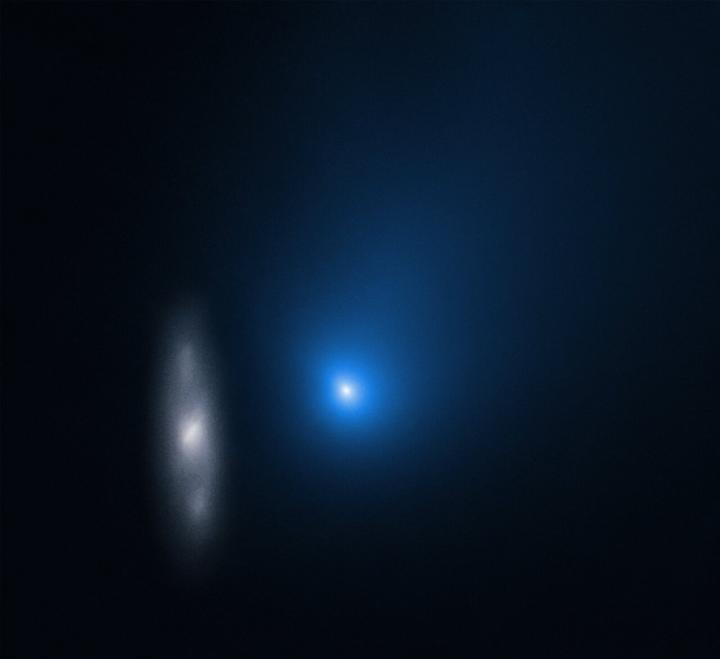Scientists confirmed that the first observed interstellar comet to enter the Solar System will most likely not break apart completely. Through recent observations, the scientists noted that the comet would most likely survive its journey across Earth's neighborhood.
2I/Borisov was first spotted in August last year by amateur astronomer Gennady Borisov. Through an in-depth analysis of its trajectory, the object was classified as an interstellar comet that came from a different star system.

Interstellar Comet's Fragmentation
Earlier in March, observations revealed unusual brightness coming from the comet. According to experts, the brightness could indicate outbursts on the comet's surface. The scientists who were studying the comet at that time explained that 2I/Borisov might be breaking apart.
"We report the detection of two consecutive outbursts of interstellar comet 2I/Borisov in I-band images taken with the Optical Gravitational Lensing Experiment (OGLE) 1.3-m telescope in Las Campanas," the scientists stated in their report via the Astronomer's Telegram. "The total brightness increase is thus about 0.7 [magnitude] in 5 days between UT 2020 March 4.3 and 9.3. This behavior is strongly indicative of an ongoing nucleus fragmentation."
2I/Borisov's Status
After carrying out new sets of observations, the scientists were able to provide an update regarding the current status of the comet. In a new study, the scientists confirmed that although the comet has fragmented, a big portion of its original body still remains intact. Given its current status, the scientists believe the comet will survive the remainder of its journey across the Solar System.
"Our observations reveal that the outburst and splitting of the nucleus are minor events involving a negligible fraction of the total mass," the researchers wrote in their study, which is available through Arxiv. "2I/Borisov will survive its passage through the planetary region largely unscathed."

Studying 2I/Borisov's Fragments
For members of the scientific community, 2I/Borisov's partial fragmentation provides a unique opportunity to study the nature of comets. Since the comet will be leaving behind its fragments as it continues with its journey, scientists will be able to study the debris from 2I/Borisov's interior. Doing so will provide them with valuable information regarding the nature of the interstellar comet.









